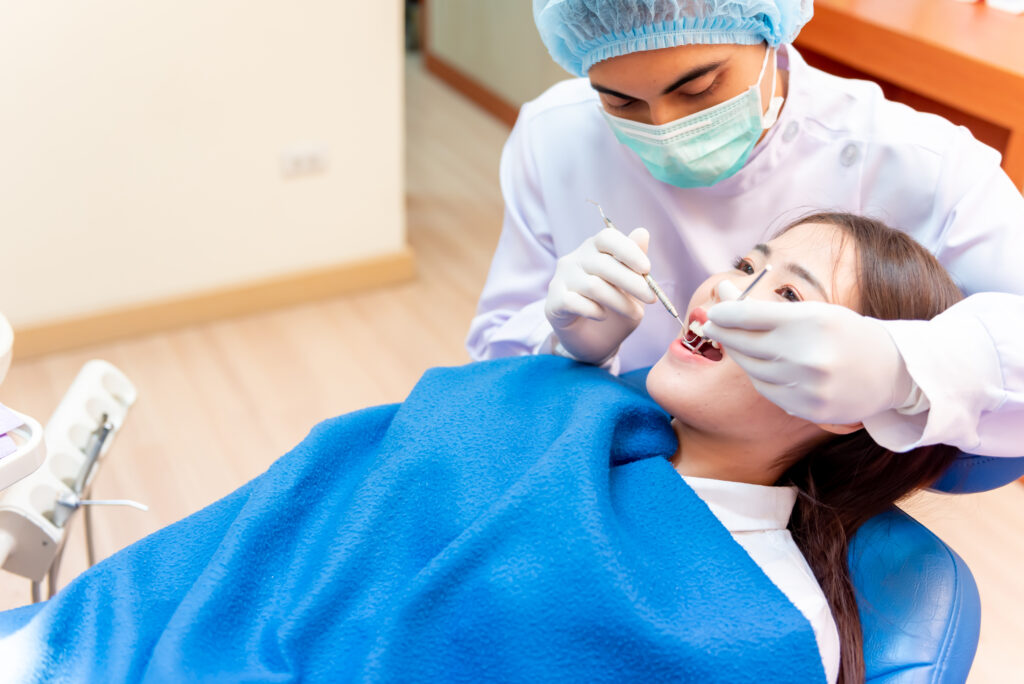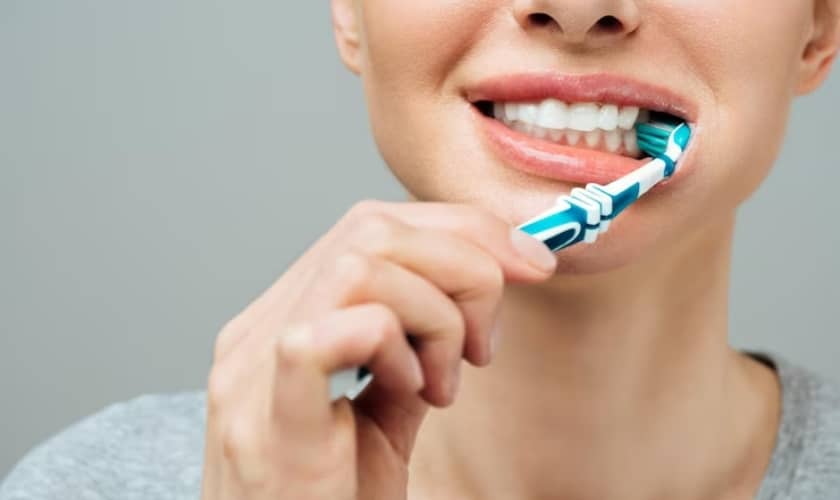Navigating Breast Calcifications: Conventional and Complementary Approaches
The discovery of breast calcifications on a mammogram can be a source of worry. These are tiny calcium deposits within breast tissue, and while most are benign (noncancerous), some can be a sign of precancerous or cancerous changes. This comprehensive guide explores breast calcifications, discusses conventional treatment approaches, and explores complementary strategies to support breast health (important disclaimer: these are not substitutes for conventional medicine and should be discussed with a doctor).
Understanding Calcifications: Types and Concerns
There are two main types of breast calcifications:
- Macrocalcifications: These are larger, usually harmless deposits that appear as white spots on mammograms. They are often associated with aging or past breast injuries.
- Microcalcifications: These are smaller, clustered deposits that require further investigation. While most microcalcifications are benign, some patterns can be a potential indicator of early cancer.
It’s important to note that having calcifications doesn’t necessarily mean you have cancer. However, a doctor will likely recommend further tests like biopsies to determine the nature of the calcifications.
Conventional Treatment Options for Breast Calcifications
The course of treatment for breast calcifications depends on the type, size, and distribution as determined by your doctor. Here are some potential approaches:
- Monitoring: If the calcifications are likely benign, your doctor might recommend regular monitoring with mammograms to track any changes.
- Biopsy: A biopsy involves removing a small tissue sample for microscopic examination to determine if the calcifications are cancerous.
- Surgery: In some cases, surgical removal of the calcifications or a lumpectomy (removal of a small lump) might be recommended.
Remember, early detection and diagnosis are crucial for successful treatment of breast cancer. It’s vital to follow your doctor’s recommendations and attend scheduled screenings.
Complementary Strategies to Support Breast Health (Disclaimer: Not a substitute for medical advice)
While conventional medicine offers effective treatment options, some complementary strategies might support overall breast health (always discuss these with your doctor before implementing):
- Diet: A balanced diet rich in fruits, vegetables, and whole grains can provide essential nutrients for overall health. Limiting processed foods, unhealthy fats, and added sugar might be beneficial.
- Weight Management: Maintaining a healthy weight can reduce your risk of various health concerns, including breast cancer.
- Exercise: Regular physical activity can improve overall health and well-being. Aim for at least 150 minutes of moderate-intensity exercise or 75 minutes of vigorous-intensity exercise per week.
- Stress Management: Chronic stress can have a negative impact on health. Techniques like yoga, meditation, or deep breathing exercises can help manage stress.
- Supplements: Some research suggests that certain supplements like vitamin D, curcumin, or fish oil might offer some benefits for breast health. However, evidence is not conclusive and potential interactions with medications exist. Consult your doctor before taking any supplements.
- Limiting Alcohol: Excessive alcohol consumption can increase the risk of breast cancer. Moderation is key.
It’s important to remember that these are complementary strategies and not substitutes for conventional medical advice. Always discuss any changes to your diet, exercise routine, or the use of supplements with your doctor.
The Importance of Early Detection and a Holistic Approach
Early detection of breast cancer is crucial for successful treatment. Regular mammograms and self-breast exams are essential tools for early detection. While conventional medicine offers effective treatment options for breast calcifications and potential breast cancer, a holistic approach that incorporates healthy lifestyle choices alongside conventional treatment might be beneficial. Remember, open communication with your doctor is key throughout this process.
Frequently Asked Questions (FAQ)
Q: Does having breast calcifications mean I have cancer?
- A: No, not necessarily. Most breast calcifications are benign. However, further evaluation by a doctor is crucial to determine the nature of the calcifications.
Q: What are the symptoms of breast cancer?
- A: A lump in the breast, changes in breast size or shape, nipple discharge, and changes in the skin of the breast are some potential symptoms of breast cancer. However, it’s important to note that these symptoms can also occur in benign conditions.
Q: How often should I get mammograms?
- A: The recommended frequency for mammograms can vary depending on your age, family history, and other risk factors. Consult your doctor to determine the appropriate screening schedule for you.
Q: Can alternative therapies cure breast cancer?
- A: There is no scientific evidence to support that alternative therapies can cure breast cancer.




